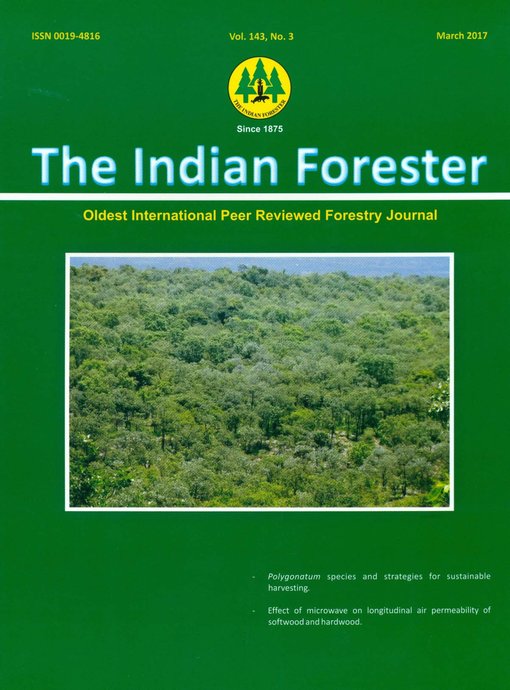Studies on Traditional Uses of Plant Resources of Kanawar Wildlife Sanctuary, Kullu, Himachal Pradesh
DOI:
https://doi.org/10.36808/if/2017/v143i3/113628Keywords:
Kanawar Sanctuary, Ethno-Botany, Traditional Knowledge, Parvati Valley, Himachal Pradesh, Western Himalaya.Abstract
Kanawar Wildlife Sanctuary, one of the 33 sanctuaries of Himachal Pradesh, is situated in Parvati valley of Kullu district. It forms an important conservation unit in the vicinity of Great Himalayan National Park, Kullu and is a part of Great Himalayan National Park Conservation landscape. There are four villages inside Kanawar sanctuary. Besides local community Gaddis, a nomadic tribe of Himachal Pradesh, are also using various resources of the sanctuary for ages. The sanctuary harbours a wide range of plant diversity. It was found during the study that out of total 64 ethno-botanical plants found in the sanctuary 31 are used for curing various diseases of human beings, 6 are used for curing various ailments of animals, 2 are used as dyes and 8 are associated with socio-religious beliefs. Apart from these 16 plants are edible, 4 plants are used as fibres and 7 species are used for miscellaneous purposes. The uses in detail are described in detail with their botanical name, family, local name, part used, ailment and ethno-botanical use.References
Bhasin V. (2008) . Gaddis' folk medicine: a source of healing. Ethno-med., 2 (1): 1-27
Boktapa N.R. and Sharma A.K (2010). Wild medicinal plants used by local communities of Manali, Himachal Pradesh. Ethno-botanical leaflets, 14:259-67.
Dhaliwal D.S. and Sharma M. (1999). Flora of Kullu District, Bishen Pal Mahendra Pal Singh, Dehradun, India.
Hassan R., Choles R. and Ash N. (2005). Ecosystems and Human Well Being: Current State and Trends. Island Press, Washington, 1 :1-22.
Johari R.andKarkiM. (1999).Tribal folkMedicinalPlantResourcesof SouthAsia, InternationalDevelopmentResearch Centre,Canada,pp:7-13.
Rao R.R. (1996). Traditional knowledge and sustainable development- Key role of ethno-botanists. Ethno-botany, 8 :14-24.
Raut N.B., Adhikari B.S. and Rawat G.S. (2012). Depletion of traditional knowledge of medicinal planst. Current Science, 103 (8):873-874.
Rawat G.S. ( 2002). An Ecological Survey of Kanawar Wildlife Sanctuary, Himachal Pradesh, An interim Report.
Sharma P.K., Chauhan N.S. and Brij Lal (2005). Studies on plant associated indigenous knowledge among the Malanis of Kullu District, Himachal Pradesh. Indian J. Trad. Knowledge, 4 (4):403-408.
Singh G.S. (1999). Ethno-botanical study of useful plants of Kullu District in north western Himalaya. India. J. Econ. Taxon. Bot., 23 (1):185-198.
Singh P. and Dash S.S. (2014). Plant Discoveries 2013 – New Genera, Species and New Records. Botanical Survey of India, Kolkata.
Singh S.K. and Rawat G.S. (1998). Traditional versus commercial use of wild medicinal plants of Great Himalayan National Park. In: Proceedings International Mountain Meet 98, Rishikesh,
Singh S.K. and Rawat G.S. (2000). Flora of Great Himalayan National Park. Himachal Pradesh, Bishen Pal Mahendra Pal Singh, Dehradun, India.
Downloads
Downloads
Published
How to Cite
Issue
Section
License
Unless otherwise stated, copyright or similar rights in all materials presented on the site, including graphical images, are owned by Indian Forester.





